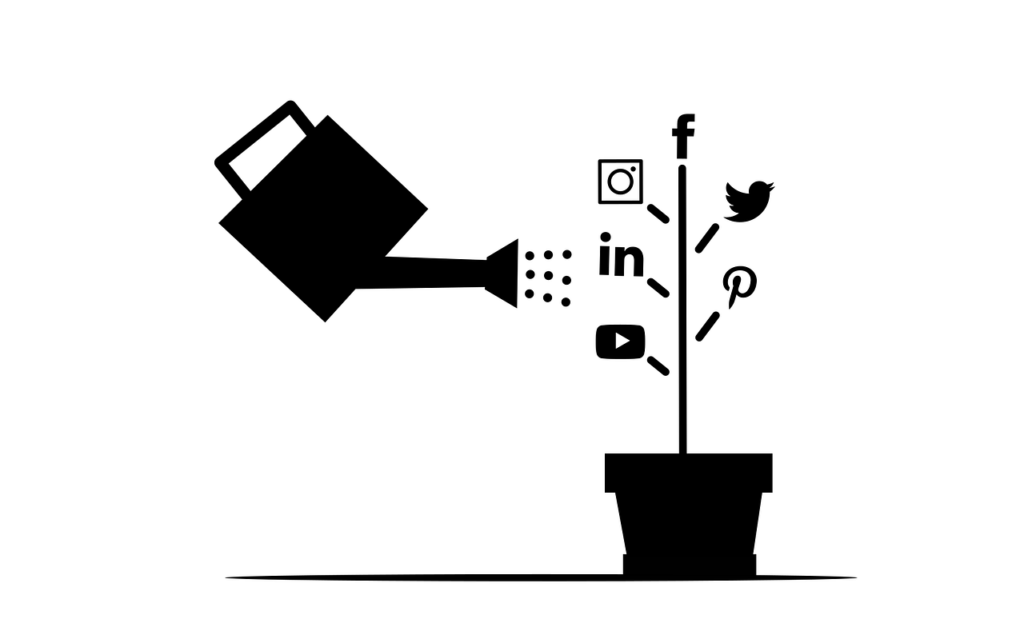
Algorithms on social media, a tricky puzzle for small creators and businesses
Posting content on a regular basis can be very difficult as a small creator or business, especially when you have to keep up with numbers, trends, updates, etc. The Internet offers plenty of platforms (Facebook, Instagram, Twitter, TikTok…) to share your project in the form of a picture, status, video and so forth.
Recently, you might have noticed that your statistics and interactions with your followers were lower than usual. Worried, you first check the content you posted for eventual spelling mistakes or anything that could start a drama, but you end up finding nothing wrong. Look no further, the answer lies behind algorithms.
How does it work?

Based on an article written by Lindsay K. Cox: “A social media algorithm is a compilation of rules and data that make decisions about what users want to see on the platform.” It essentially analyzes your behavior on the platform, such as the time spent on it, the type of content you liked and based on that data, the algorithm will show you content that would potentially interest you. The more you interact with a platform, the more it gets precise.
Since everything goes fast on the Internet, algorithms evolve constantly which drives creators and business owners crazy. Let’s see what works on the most famous social media to boost your ranking.
Interactivity is Key

The key word for every single apps is interactivity: the more you engage your audience, the more visibility you get. Here’s what you can do on the following platforms:
- Facebook:
- Publish content inviting people to discuss and debate in the comments;
- Avoid only posting links to a website by creating new content;
- Share your project by going live on Facebook (behind the scenes, Q&A, …);
- Quality content > quantity
- Instagram:
- Try your best to be as active as possible by either posting once a day or sharing stories;
- Engage your followers by putting questions, polls, music recommandations on your IG stories;
- Consider using the Reels format by showing the creation process behind your project, finished products, facts, etc.;
- Use hashtags (even though they aren’t as relevant as they used to)
- TikTok:
- Pay attention to every trend (sound, filters…) and see if some formats could help you promote your small business;
- Use hashtags;
- Don’t hesitate to comment on other videos or even duet them (if it’s relevant to your project)
Please also take into account new features currently in use and keep an eye out on the upcoming ones. It pushes your audience to follow a few steps in order to either get notified every time you post content or see your activity on their feed more frequently. Take the time to explain your followers how to do that by showing screenshots of each step.
One last advice would be to avoid using tools to schedule a post because most of these platforms favor manual publishing.
Bottom Line

Understanding and mastering algorithms can be quite tricky since they evolve constantly. Juggling between Facebook, Instagram, Twitter and TikTok is not an easy task at all.
If you feel overwhelmed or lost, you might consider hiring a community manager (CM) who will not only analyze your pages, ranking, targeted audience, but also find the perfect time of the day for posting. Thanks to that data, the CM will put an efficient strategy into place with an agenda including campaigns, the creating process of the content, the format, the right timing, etc.
In conclusion, as many things in life, starting a small business and growing a community take time. Keep calm and trust the process!





